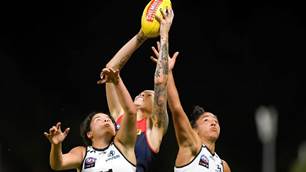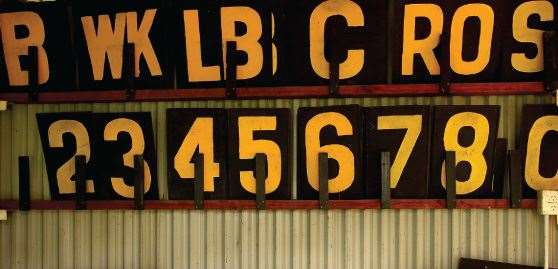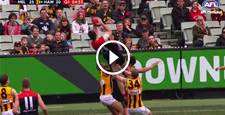There’s no getting rid of the numbers guys from sports, particularly with the amount of money involved.
In sports, the data is still winning out. Expect more homework, boys.
The scientific method has come in for a real battering in sports lately. Whether it’s shifty club medicine men, players being punished for undone homework or the latest bit of corporate-think invading the grand ol’ game, it hasn’t been a good few months for advocates of a sporting culture driven by reason. The backlash has arrived, with nostalgists, reactionaries and ex-players piling on, talking of how they used to win back in the day with little more than a medieval mindset. It’s Moneyball out, pitchforks and torches in.
However, there’s no getting rid of the numbers guys from the inner sanctum of sports anymore, particularly with the ever-growing amount of money involved. Data-loving suits, who live by the dictum of what can’t be measured can’t be managed, will see to that. One of the focal points for these energies is the annual MIT Sloan Sports Conference in Boston. Now in its seventh year, the conference is the brainchild of Daryl Morey, a stat-head who worked his way from the outside into becoming the general manager of the NBA’s Houston Rockets.
The event puts together enthusiastic number-crunchers with actual decision-makers running teams and leagues, covering how analytics can be applied to sports-related fields, from evaluating player performance to how a club can sell tickets more effectively. There’s a game within the game at the conference, as competing teams try to soak in ideas while not giving any of their own proprietary info away.
The research papers submitted to Sloan are always a useful snapshot of the vogue in sports analytics. This year’s trend – the way video is now being used to generate data sets. Rather than merely tallying stats categories in games, the video technology first used to track missiles can render every player on the field into X and Y coordinates, Matrix-style. The first wave of advanced stats was better applied to static games such as baseball; the new data has powerful application for dynamic flow games such as football, which defy easy analysis.
A pair of papers picks up the thread. First, a paper out of the Queensland University of Technology and the AIS uses ball and player tracking data from Hawk-Eye to break down the “sweet spots” for hitting winners or forcing errors on the tennis court. Using the play of Djokovic, Federer and Nadal from the 2012 Australian Open, authors Xinyu Wei, Patrick Lucey, Stuart Morgan and Sridha Sridharan developed a model to determine the probable outcome of any next shot.
According to the paper, the seed of the idea came from a quote by Nadal, who explained, “There are moments when you have a chance to go for a winning drive, but you have a 70-percent chance of succeeding; you wait five shots more and your odds will have improved to 85 percent.” In the context of their model, the paper says tennis becomes a kind of high-speed chess, where players move each other around to create vulnerabilities. But there’s also a hint of blackjack, as the players are figuring whether to gamble or stand pat with each stroke. The data plots of where Nadal, Djokovic and Federer are standing on their winning points, as well as the location of the incoming shots they hit their winners from, reflects the intriguing differences in style between the three players. The key insight: the incoming shot location, more than a shot’s pace or a player’s position on the court, is the most likely determining factor in whether the next shot is a winner.
The ability to break down specific positions within play is key to the second paper, written about defence in basketball. Defence has long troubled the advanced stats community, fundamentally because defence is often about what doesn’t happen – a rugby player known as a good defender may end up with few tackles, because the opponent may have chosen to run away from him all night. Harvard’s Kirk Goldsberry and Sports Aptitude’s Eric Weiss look at close-to-the-basket defence in the NBA. While shot blocks are seen as the banner statistical measure of interior defence, the authors note that really effective inside defenders often have fewer blocks because they’re not challenged. Using optical tracking data, they look to quantify “presence” – how much better or worse (or not at all) do teams shoot when a particular defender is close to the play, within a metre and half from the basket? Noting Lakers star Dwight Howard’s proficiency in this area, Goldsberry and Weiss titled their paper “The Dwight Effect”.
The authors acknowledge a limitation in their findings – while looking at how players move in space is yielding interesting insights, there is a lack of context, and a better understanding of defence will incorporate a wider approach. But that’s the deal with the scientific method. There’s always more study to be done.
Related Articles

Mickelson reveals gambling addiction was like a ‘hurricane’

Socceroo star's message to kids: Don't be an AFL player














